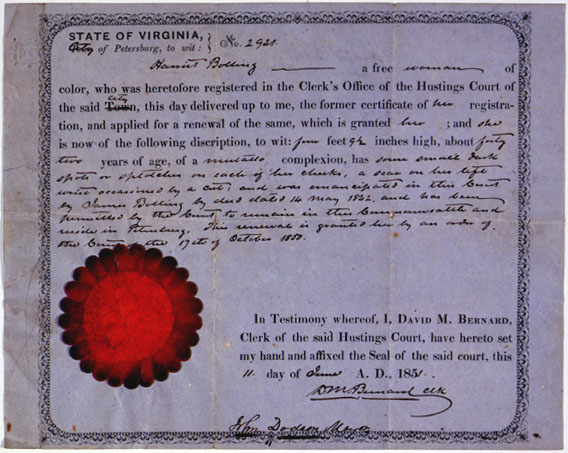Despite slaveowners’ protests, all ages were often expected to work.
Working conditions were often brutal.
One of the practices ended by the Compromise of 1850 was the slave trade in Washington DC. As a southern city, slavery had been legal in our nation’s capital from its founding. Here is a description of a slave pen used to hold slaves before they were sold, by E. S. Abdy:
One day I went to see the “slaves’ pen”–a wretched hovel, “right against” the Capitol, from which it is distant about half a mile, with no house intervening. The outside alone is accessible to the eye of a visitor; what passes within being reserved for the exclusive observation of its owner, (a man of the name of Robey,) and his unfortunate victims. It is surrounded by a wooden paling fourteen or fifteen feet in height, with the posts outside to prevent escape and separated from the building by a space too narrow to admit of a free circulation of air. At a small window above, which was unglazed and exposed alike to the heat of summer and the cold of winter, so trying to the constitution, two or three sable faces appeared, looking out wistfully to while away the time and catch a refreshing breeze; the weather being extremely hot. In this wretched hovel, all colors, except white–the only guilty one–both sexes, and all ages, are confined, exposed indiscriminately to all the contamination which may be expected in such society and under such seclusion. The inmates of the gaol [jail], of this class I mean, are even worse treated; some of them, if my informants are to be believed, having been actually frozen to death, during the inclement winters which often prevail in the country. While I was in the city, Robey had got possession of a woman, whose term of slavery was limited to six years. It was expected that she would be sold before the expiration of that period, and sent away to a distance, where the assertion of her claim would subject her to ill-usage. Cases of this kind are very common.
This excerpt is from the excellent pbs companion website called Africans in America at http://www.pbs.org/wgbh/aia/ .
Sometimes slaves received their manumission, or freedom. As the Civil War approached, most southern states passed laws forbidding free blacks to reside within their borders– those that did not immediately leave risked being re-enslaved. Many of these slaves moved to Washington, DC, and by 1860, free blacks outnumbered slaves in Washington by a ratio of 4 to 1. Here is a certificate of manumission:



Posted by gabby on May 10, 2010 at 6:34 am
I think that it is rediculas that the southerners treated their own “brothers and sisters” this way! I wish that they had never found African Americans at the time. We have no right to treat people with the same equalty as us like that. IT’S DOWN RIGHT REDICULAS! I’m glad I’m not from the south I would hate to have to have history like that in my life.
Posted by Steven Saus on July 20, 2010 at 7:29 pm
Where did you get your images? I’m in need of some public domain images like this, and I hope you can point me towards a source.
Thanks!
Posted by Steven Saus on July 20, 2010 at 7:29 pm
Oops. Added to “notify me”.